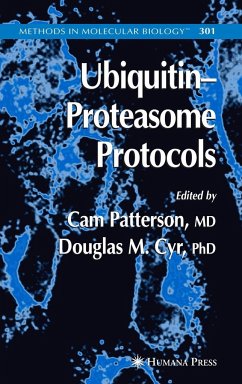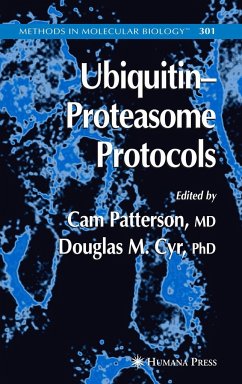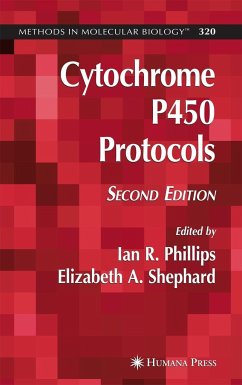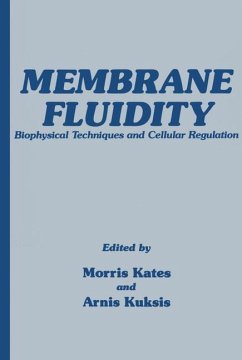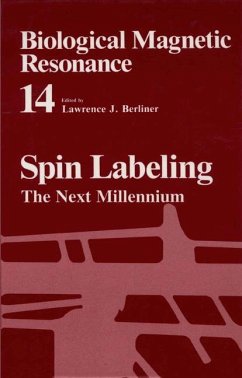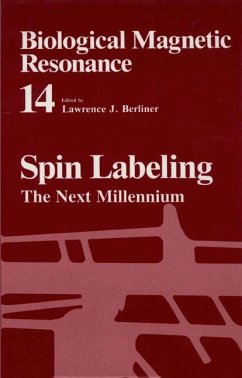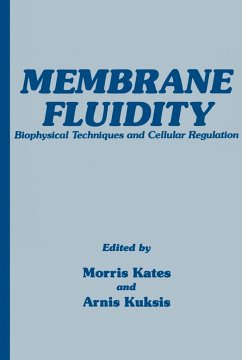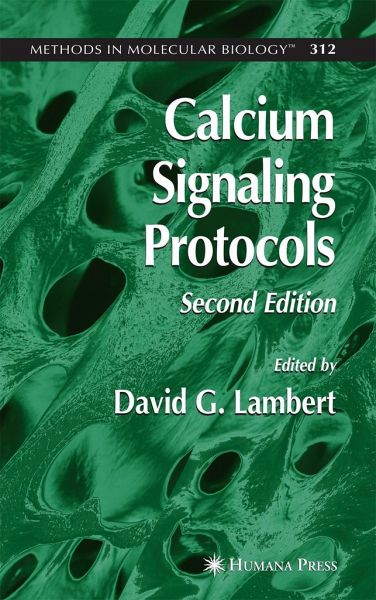
Calcium Signaling Protocols

PAYBACK Punkte
38 °P sammeln!
In the first edition of Calcium Signaling Protocols I began by writing "The regula- 2+ tion of intracellular Ca is a common theme presented in many papers over the last 20 2+ or so years and the description of the Ca -sensitive indicator dye fura-2 in 1985 resulted in a massive increase in these types of studies. " This statement is as true in 2005 as it was in 1999, but 20 or so years is now 30 years! There has been some reorganization of the volume such that there are now 22 ch- ters including five new ones, all written by experts in their field. These new chapters 2+ include use of the Flex...
In the first edition of Calcium Signaling Protocols I began by writing "The regula- 2+ tion of intracellular Ca is a common theme presented in many papers over the last 20 2+ or so years and the description of the Ca -sensitive indicator dye fura-2 in 1985 resulted in a massive increase in these types of studies. " This statement is as true in 2005 as it was in 1999, but 20 or so years is now 30 years! There has been some reorganization of the volume such that there are now 22 ch- ters including five new ones, all written by experts in their field. These new chapters 2+ include use of the FlexStation and electrophysiological measurement of Ca channel activity. The book is broken into six parts. Part I is a general coverage of basic theory and the simplest use of fluorescent indicators. Part II covers specialist measurement 2+ systems and Part III covers measurement of Ca channel activity. Assessment of 2+ release of stored Ca is covered in some detail in Part IV, with Parts V andVI cover- 2+ ing specialist measurement techniques and Ca -sensitive targets. Putting a book like this together, even as a second edition, takes time and I am, again, indebted to the individual authors for their help and patience. I am also very grateful to Professor John M. Walker, the series editor, for his continued help and advice over the course of this project.





